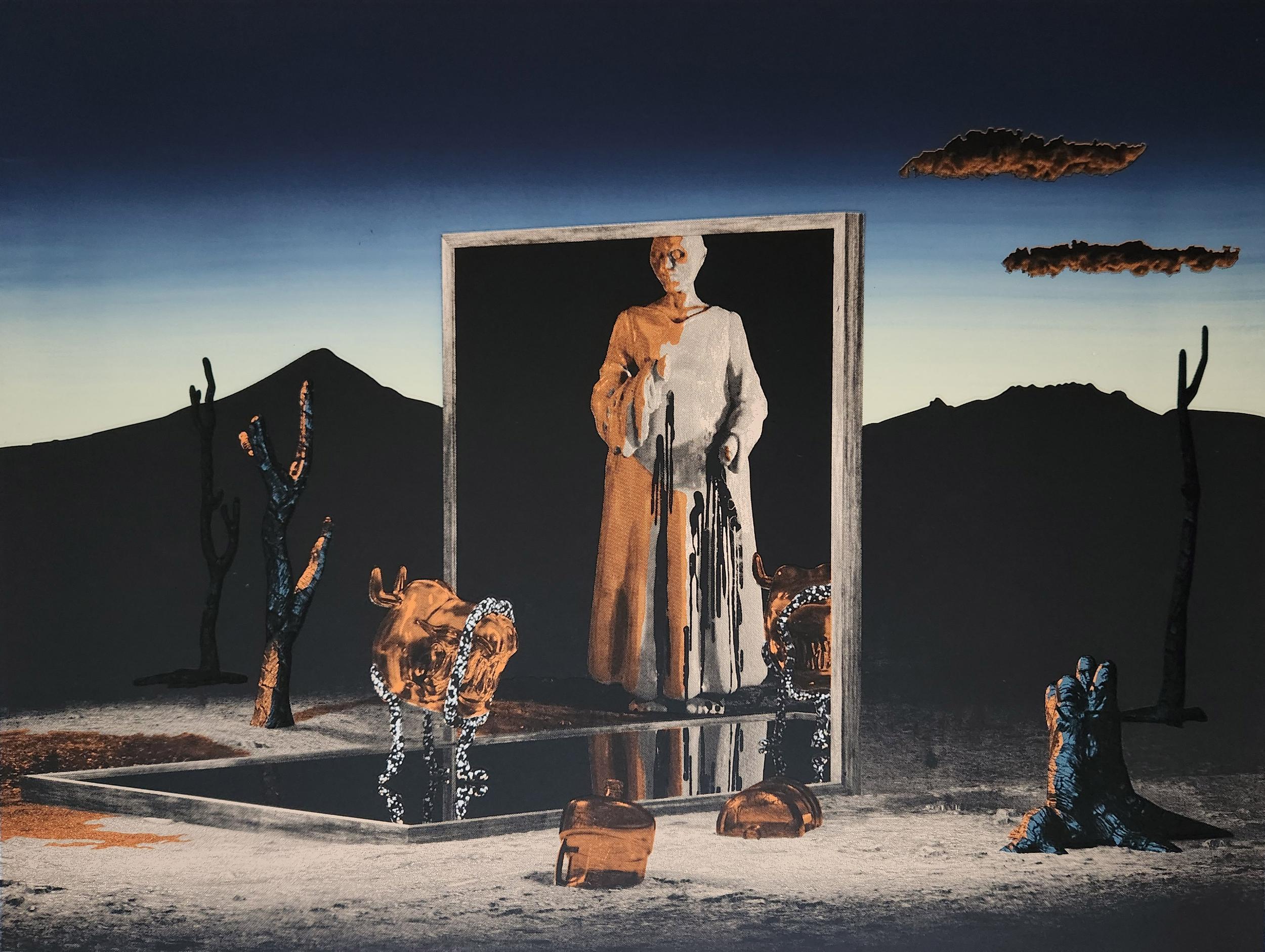Niels Bugge
SCYLLA / LESSER EVIL, BADLY DONE
- Residence
- n° 12
- 18.05.2024 — 18.06.2024

Niels Bugge

This title alludes to the Odyssey passage where the hero, returning home, must guide his ship, and with it his entire crew, through a strait flanked on one side by an immeasurable monster called Charybdis; and on the other, by a six-headed monster called Scylla. The Homeric text makes us understand that the hero, faced with the imminent fate, decides that sailing on Scylla's side, which will devour at least six of his crew members, is a better decision than facing Charybdis, which would undoubtedly swallow the ship whole.
Thus, “between Scylla and Charybdis” has become an allegory of having to choose between two evils, and Scylla, by extension, has come to symbolize “the lesser evil.”
Niels Bugge has been drawn to this concept, associating it with neoliberal narratives of scarcity and urgency, where strategizing and supposedly good decision-making largely dismiss broader and more fundamental perspectives.
Despite her prominent position in (arguably) the best-known story of European antiquity, Scylla is largely absent from the visual legacy of Greek mythology—which is unusual, considering the impact of her better-known counterparts, such as Medusa, the Minotaur, the Hydra, Pegasus, the Sphinx, and Cerberus. In the Odyssey, Scylla is described as having twelve disjointed, tentacle-like legs with six monstrous heads on serpentine necks. However, most ancient depictions of her depart from Homer's text, depicting her more as a siren with the heads of six dogs protruding from her abdomen.

Lesser evil (third head)
Niels Bugge

Lesser evil (sixth head)
Niels Bugge

Lesser evil (second head)
Niels Bugge

Lesser evil (fifth head)
Niels Bugge

Lesser evil (fourth head)
Niels Bugge

S/T
Niels Bugge

Thirst
Niels Bugge

Crag
Niels Bugge

Dinner
Niels Bugge

The city
Niels Bugge

Shepherds
Niels Bugge

Níðhöggr
Niels Bugge

The Lake
Niels Bugge

The Lake
Niels Bugge

The shadow
Niels Bugge

Passage
Niels Bugge